Week-to-Week: Never Have They Ever found the perfect pace, but they still stuck the landing
Plus some bonus reflections on Primo and the short-order streaming comedy

I honestly don’t know if it’s possible to really spoil the ending of Netflix’s Never Have I Ever, given the genre it’s in, but if you haven’t finished the season yet and want to go in completely unspoiled, I will be alluding to some details.
When it debuted on Freevee last month, what struck me most about Shea Serrano’s charming Primo was that it was built for a different era. Although its eight-episode first season was delightful and landed in a compelling spot deserving of a second season, I had trouble shaking the feeling that its component parts were designed for a 22-episode broadcast season that is increasingly uncommon. The show has an enormous ensemble given Rafa’s five tios, his mother, his friend group, and his neighbor/love interest. Across eight episodes, we get various combinations of characters, but there are obviously more to explore given that there’s a half-dozen workplaces between them.
Freevee isn’t in the business of 22-episode seasons, though, even for a show clearly built for them. And while the show’s approach to use on-screen chyrons to place us within different parts of the school year keeps us moving forward in time so that they can play out the romantic dimensions of the story—both between Rafa and Mya and the reveal of Drea’s relationship that has been evolving over time—there’s still no shaking the sense that we’re missing a lot of great potential comedy in the space between the episodes we got.
These observations returned to my mind this weekend, as Netflix launched the fourth and final season of Never Have I Ever. This is a show that has similarly grappled with the question of how to take a concept—a family/school-driven sitcom—tailor made for a broadcast-length season and complete it in only ten episodes per seasons. It also bears the consequences of debuting just as Netflix signaled its disinterest in allowing shows to run for a significant number of seasons—while the first two seasons roughly take place over a six month period, the third season (which I wrote about in this newsletter last summer) skipped seven months between the third and fourth episodes to jump into their junior year, and the fourth season skips an entire summer to ensure they can hit all the hallmarks of Devi’s senior experience (early admission, regular admission, prom, graduation, etc.).
To receive future newsletters and updates on what shows we’re covering for paid subscribers on a weekly basis, join as a free subscriber.
Ultimately, I would argue that the show’s middle two seasons suffered based on the writers trying to grapple with the pace at which to tell this story. After the first season, the second expanded focus, introducing a new storyline for Devi’s mother Nalini featuring an atrociously miscast Common and a “women in STEM” story for her cousin Kamala, alongside continued expansion of Devi’s love triangle and stories for her friends Eleanor and Fabiola. But when it became clear ahead of season three that they would not be getting an infinite number of seasons, they stepped back from these tangential storylines, shifting both Nalini and Kamala back into the family dynamics with the introduction of their mother-in-law/grandmother into the household. It was still a bit too much story to juggle, though, and the wonky timeline made it harder to track Devi’s own progress in the grand scheme of things.
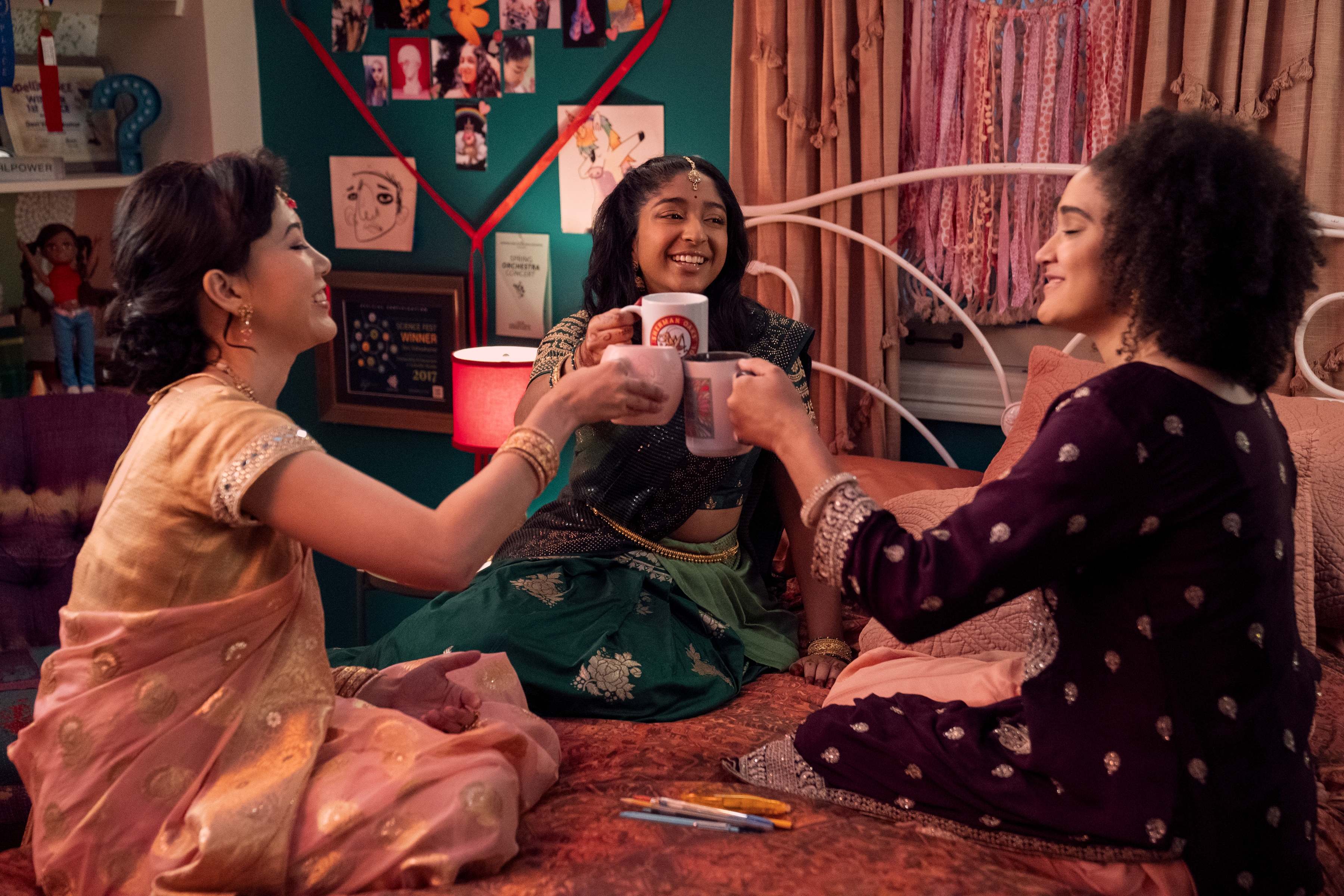
This is a huge part of why the fourth season feels like a conscious shift in terms of what is feasible within this short-season format. There is a conscious shrinking of every other character’s storyline: Fabiola’s big story is her decision to apply for Princeton and thus disrupting Devi’s college plans; Eleanor graduates early, pulling her out of the story for a few episodes; Nalini gets a love interest and an empty nest anxiety story, but a lot happens off-screen, and him being a classmate’s parent keeps Devi involved; Paxton does end up back in Sherman Oaks as an assistant swim coach, but other than his featured episode doesn’t really take up a lot of narrative room. Kamala, meanwhile, gets a very thin “job offer in Maryland” story but is otherwise focused on a flimsy “Nirmala has a white boyfriend who might be scamming her” story that really only exists so they can have a big wedding to bring the series to a close.
That storyline does feature the season’s fundamental misstep, the inexplicable casting of abuser Jeff Garlin in the same week as he’s one of the subjects in Mo Ryan’s Burn It Down, but as distracting as it was the season never really asks us to invest in him or his storyline. When faced with bringing the series to a close, there is a conscious recentering of Devi and her journey, abandoning any effort to play out like a “typical” sitcom in favor of a more narrow interest in her trials and tribulations. Even Ben, clearly positioned by the season as her OTP despite a brief dalliance with douchebag Ethan (a Michael Cimino performance so sexualized it felt like his managers were actively pivoting from his time on Love, Victor), doesn’t get any scenes with his parents. Faced with telling the entirety of senior year in a single season, the writers clearly grasped that there was no way to honor Devi’s journey while also embracing the full ensemble, moving pieces around so that their stories are either shrunk down or angled more directly into Devi’s.
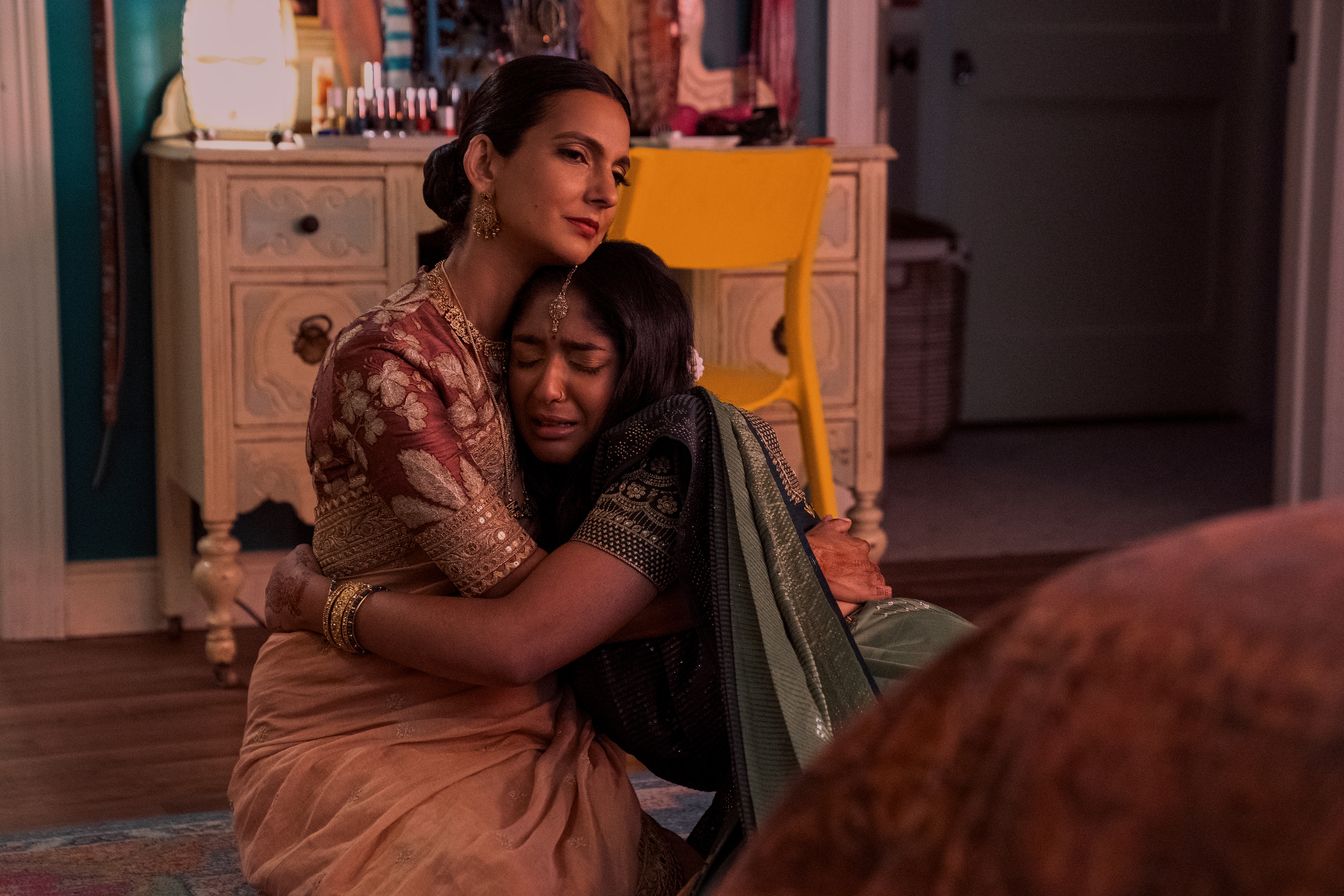
And while those middle seasons were still engaging, I was ultimately struck by how resonant Devi’s story was allowed to be as it came to a close (yes, tears were shed). As with any teen show, there was some tension from needing to delay Devi’s growth, pushing her deeper into self-destructive tendencies. The first season has this incredibly pure journey of overcoming trauma, but what followed was messier, and while I always appreciated the show’s willingness to have Devi be a flawed protagonist, sometimes the show’s wonky pacing made it seem like they were just delaying Devi’s growth until they got to the natural end of a coming-of-age story. But by thinning out the story around her and letting her journey take center stage, the season finds space to honor the relationships in her life—her strained dynamic with her mother, her evolving friendship with Eleanor and Fab, her sisterly bond with Kamala, her maturing connection to Paxton, her love for Ben—naturally as she lives the ups and downs of the end of high school. And while it’s not exactly a spoiler to reveal that things work out for Devi in the end, the way she handles that adversity offers a nice balance of personal growth and a reminder that she is Kind of the Worst a lot of the time (as teachers/administrators often acknowledge right to her face).
And while there’s absolutely an alternate universe where Never Have I Ever debuted on NBC and ran for four 22-episode seasons, its first and fourth seasons harnessed the strengths of a ten-episode order to tell a more focused story, anchoring us in Devi’s experience in ways the middle seasons didn’t. Whereas Primo made me wish that the show was made in a different context, allowing us to check in with Rafa and his extended family as a weekly comfort watch over a nine-month period, Never Have I Ever does feel like an ur-text of the streaming moment when it comes to investing the audience in a character-focused story and then paying off that investment. And while I don’t know if Primo’s shorter season and more ensemble-driven approach created the same sense of connection, I’m hopeful it gets time to explore how to continue telling its story, something that seems increasingly rare in our streaming moment.
Episodic Observations
- Three cheers for Maitreyi Ramakrishnan, who was just spectacular as Devi and who I hope goes on to have a long career. She’s only done voice work outside of the show, and so I hope this is a conscious choice on her part and not a signal that Hollywood hasn’t embraced her potential.
- The show’s decision to make Paxton a teacher feels like an implicit acknowledgment they have a 32-year-old playing a college freshman, although it complicates the efforts to focus on his struggle to disconnect from his previous life as a student. Put simply, I think Darren Barnet is both extremely hot and effective in the role, but I still feel the show would have gotten more mileage out of casting someone closer in age to the other performers.
- That “for now” from McEnroe implies that Fisher and Kaling are at least open to the idea of checking back in on the characters—I have to presume that this would be a Kimmy Schmidt situation and it would be a feature-length followup, but I’m into the idea.
- If you’re wondering why in the world anyone would choose to cast Jeff Garlin after his removal from The Goldbergs, look no further than the fact he is—according to a Google search—managed by 3 Arts Entertainment’s David Miner, who has a producer credit on Never Have I Ever (and Primo, fittingly enough for this newsletter). I am hopeful that at some point those involved with the show speak out regarding how this was forced on them, because it is such an unforced error in a season that is otherwise very charming and effective.
- We still don’t really know what it takes to get a Freevee show renewed—what I can say is that I paid enough attention to the ads to notice how many of them were the same Hyundai ad featuring a scene from the show I was already watching, if that helps Primo at all?
- Paid subscribers spent their weekend discussing shows they’ve been watching that we’re not covering, but we’re also starting our summer schedule, with Dennis Perkins starting on the Always Sunny beat ahead of Zack Handlen’s return to cover the second season of Star Trek: Strange New Worlds and Donna Bowman taking over for a newly-full-time-employed Erik Adams on The Righteous Gemstones this coming week. As a reminder, the full summer schedule is here.

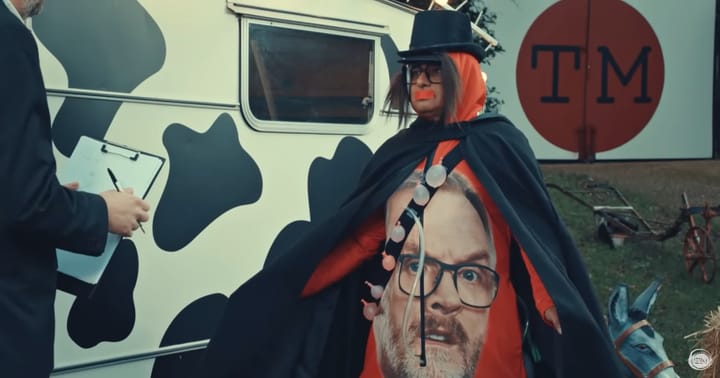
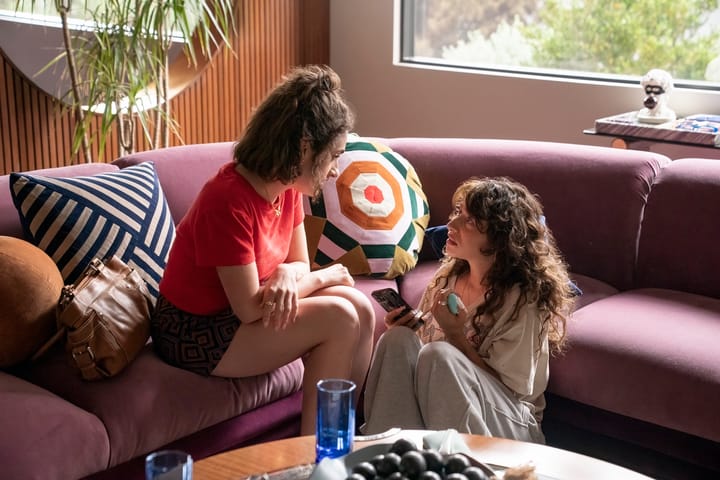
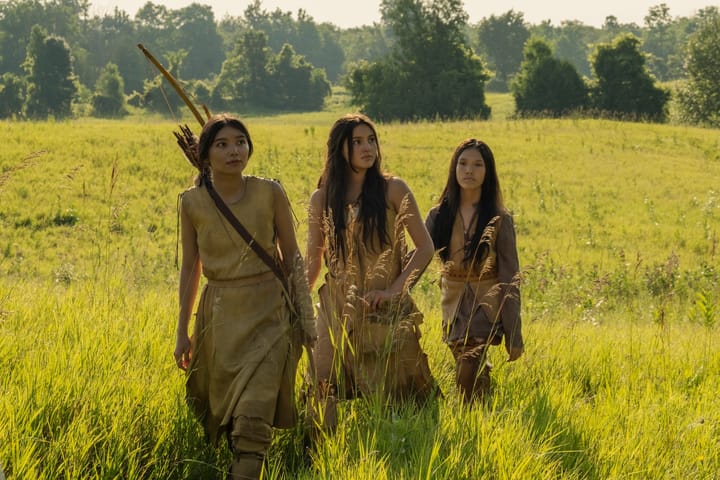
Comments ()